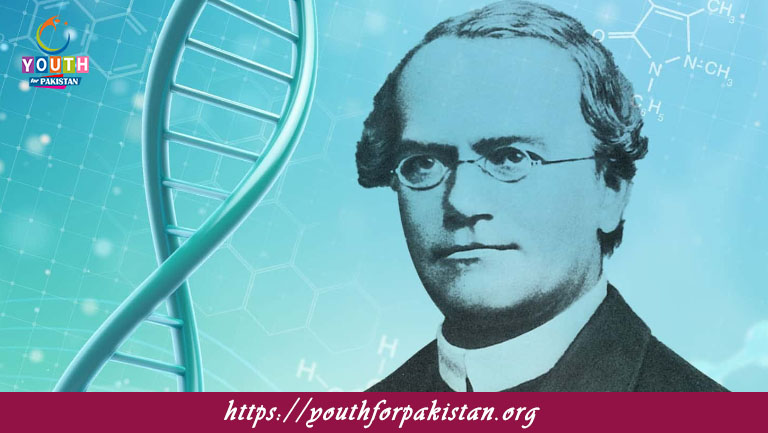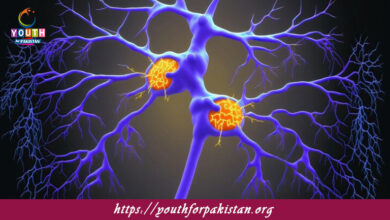Mendel‟S Experiment MDCAT Quiz with Answers

Mendel‟S Experiment MDCAT Quiz; Gregor Mendel’s experiments on pea plants in the mid-19th century laid the foundation for the field of modern genetics. With an approach that is systematic and methodical, Mendel discovered the basic principles of inheritance, which are still applicable today for understanding how traits are passed from one generation to another. Using pea plants, he gave prime example of how genetic traits follow definite patterns and how genetic variation occurs. Understanding Mendel’s experiments and how he approached the study of inheritance is very important for MDCAT students in answering questions on genetics. This MDCAT Quiz on Mendel’s experiments will show your knowledge in relation to his experimental methods, results, and the major significance of his discoveries.
Mendel’s Pea Plant Selection
Mendel chose pea plants (Pisum sativum) for his experiments because they had clear, easy-to-observe characteristics and could be bred rapidly. He focused on seven characteristics, each having two contrary forms: seed shape—round or wrinkled; seed color—yellow or green; flower color—purple or white; pod shape—inflated or constricted; pod color—green or yellow; plant height—tall or short; flower position—axial or terminal. Mendel made sure the plants were purebred for these traits, meaning they always passed the same traits on to their offspring. The MDCAT Quiz will test your knowledge of the traits that Mendel picked and why pea plants were ideal for his experiments.
Monohybrid Crosses and the Law of Segregation
In his first set of experiments, Mendel performed monohybrid crosses, where he crossed two plants that differed in just one trait (e.g., a plant with round seeds crossed with a plant with wrinkled seeds). The resulting offspring, or F1 generation, all exhibited the dominant trait (round seeds). However, when Mendel allowed the F1 plants to self-pollinate, the F2 generation showed a 3:1 ratio of round to wrinkled seeds. This led him to propose the Law of Segregation: each individual carries two alleles for a trait, and these alleles separate during gamete formation, with one allele from each parent being passed to the offspring. The MDCAT Quiz will assess your ability to apply the Law of Segregation to genetic problems and predict the outcomes of monohybrid crosses.
Dihybrid Crosses and the Law of Independent Assortment
Mendel also carried out dihybrid crosses, in which he crossed plants differing in two traits—for example, seed color (yellow or green) and seed shape (round or wrinkled). He then found that the F2 generation showed a 9:3:3:1 phenotypic ratio, from which he formulated the Law of Independent Assortment. This states that genes for different traits are passed on independently of each other, provided the genes are located on different chromosomes. From a careful analysis of the results of monohybrid and dihybrid crosses, Mendel was able to establish these fundamental principles of inheritance. The MDCAT Quiz will test your understanding of Mendel’s dihybrid crosses and how the Law of Independent Assortment applies to genetic inheritance.
Quiz on Mendel’s Experiment
Taking a MDCAT Quiz on Mendel’s experiment will help you test your understanding of his experimental approach, including the use of pea plants, monohybrid and dihybrid crosses, and the inferences he drew concerning inheritance. The quiz covers Mendel’s two laws of inheritance, the Law of Segregation and the Law of Independent Assortment, and their application in predicting genetic outcomes. Moreover, using Free Flashcards will help to reinforce these key concepts, ensuring that you are well-prepared for your MDCAT exam.

Mendel’s Law of Segregation explains how alleles for a gene _______ during the formation of gametes.
Separate

The F2 generation showed a phenotypic ratio of _______ for the traits studied by Mendel.
0.12569444444444

Mendel’s experiments involved crossbreeding plants with contrasting traits such as tall and _______.
Short

The Law of Independent Assortment states that alleles for different traits _______ during gamete formation.
Assort independently

Mendel’s experiments helped to confirm that _______ was not involved in inheritance.
Blending inheritance

Mendel’s study of _______ traits led to the discovery of dominant and recessive inheritance patterns.
Seven

Mendel’s conclusion that traits are inherited independently of one another was based on his observation of _______ traits.
Two

Mendel’s method of cross-pollination ensured that the plants would inherit _______ genes.
Both parental

Mendel’s experiments showed that the inheritance of one trait did not affect the inheritance of another trait, demonstrating _______ Assortment.
Independent

Mendel’s Law of Dominance states that _______ traits will mask the effect of recessive traits.
Dominant

In Mendel’s F1 generation, plants that were crossed to produce tall offspring were _______.
Tall and short

Mendel's discovery of genetic inheritance showed that traits are inherited through _______.
Discrete units
Experience the real exam environment with our expertly designed collection of over 25,000 MCQs MDCAT Mock Tests.





